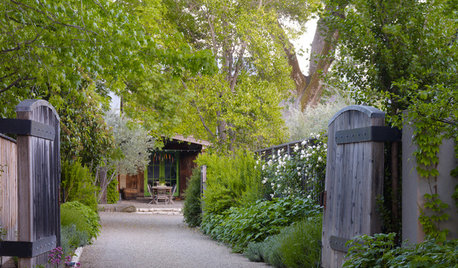I've grown up around muscadines all my life but really just now got interested in growing them. I work in the woods a lot and trip over the dang vines all the time. My question is this, I just planted a home vineyard of Nobles, Ison's new 15.1.1 variety, and Gurney's Razzmatazz and was thinking about throwing a wild native vine or two in the ground, just to see how they do.
My question is a pretty obscure one but thought I'd ask. One of the fun things I do at work is helping with prescribed burning of our lands. I was out running (for excercise-I'm a marathoner) in an area we just burned and noticed abundant young vines probably a couple years old all over the area. We burn with fairly low intensity but obviously, it's still fire and the vines had black areas on them. But when I scratched them, they still seemed healthy and green inside. But I just wonder if it's worth it to dig a few of these up. Yeah, I realize I may end up with a bunch of male plants. And if so, I'll try again. But just curious. Any ideas?








garymc
Scott F Smith
Related Professionals
Saint Louis Park Landscape Architects & Landscape Designers · Matthews Landscape Contractors · Canby Landscape Contractors · Cliffside Park Landscape Contractors · Columbine Landscape Contractors · Dudley Landscape Contractors · Fort Myers Landscape Contractors · Kerman Landscape Contractors · North Potomac Landscape Contractors · Northport Landscape Contractors · Pompano Beach Landscape Contractors · Quincy Landscape Contractors · Shaker Heights Landscape Contractors · Reisterstown Landscape Contractors · Merrifield Landscape Contractorskingwood
bkrell76Original Author
garymc
mark byrd (zone 8a)
bkrell76Original Author
Reuben Gathright